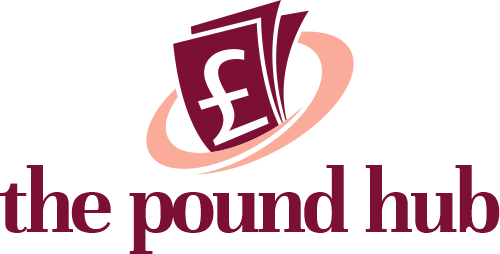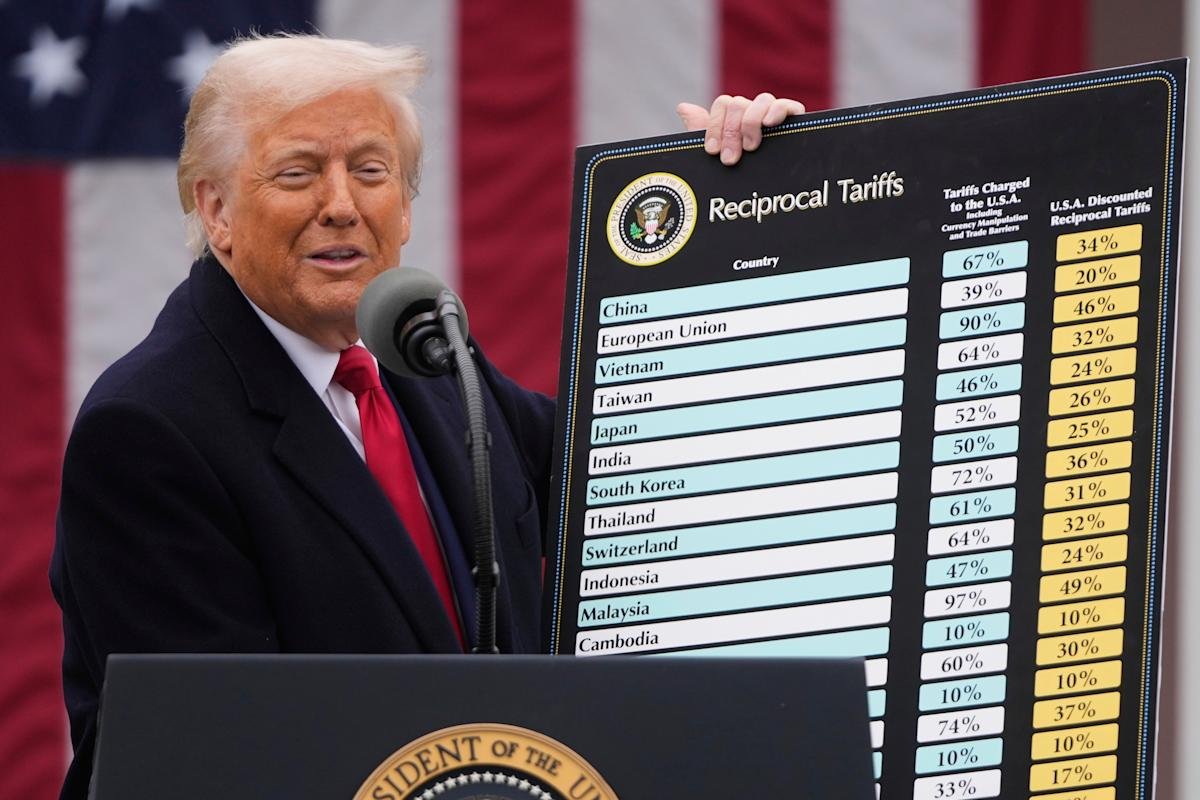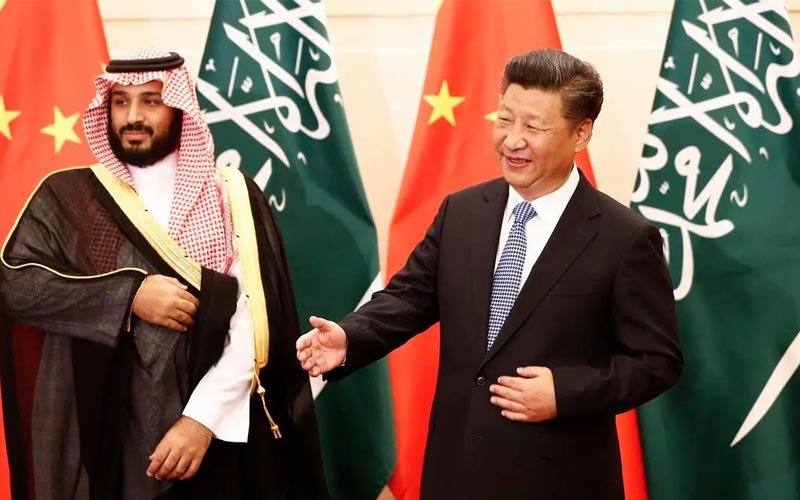New bank loans in China surged more than expected to a record high in January as the central bank moved to shore up a patchy economic recovery, reinforcing expectations for more stimulus in coming months as US tariffs threaten to pile more pressure on the economy.
Chinese banks extended 5.13 trillion yuan ($706.40 billion) in new yuan loans in January, more than quadrupling the December figure, data from the People’s Bank of China showed on Friday, beating analysts’ forecasts
Analysts polled by Reuters had predicted new yuan loans would rise to 4.5 trillion yuan last month, up sharply from 990 billion yuan in December and compared with 4.92 trillion yuan a year earlier – the previous record.
Chinese banks usually rush to lend at the beginning of the year as they compete for higher-quality customers and win market share, but analysts cautioned that lingering economic uncertainty continues to weigh on credit demand.
“While the headline figures for new local currency loans hit a record high in January, that’s only due to the usual season pattern. Net lending is always the strongest in the start of the year,” Capital Economics said in a note.
“Bank loan growth continued to slide to record lows, but this was offset by a pick-up in non-bank credit growth. Robust government bond issuance should continue supporting credit growth in the coming quarters, but weak private demand will likely keep credit growth subdued.”
Household loans, including mortgages, rose to 443.8 billion yuan in January from 350 billion yuan in December, while corporate loans jumped to 4.78 trillion yuan from 490 billion yuan, central bank data showed.
New bank lending totalled 18.09 trillion yuan last year, down from a record 22.75 trillion yuan in 2023 and hitting the lowest level since 2019, as businesses and consumers remained cautious about taking on more debt amid an uncertain economic outlook.
People were still seen pushing to pack into trains in India’s capital city on Sunday,
The economy grew 5 percent in 2024, meeting the government’s official target, but the post-pandemic recovery has been patchy, with exports and manufacturing making up for weak domestic consumption.
Beijing is expected to maintain a growth target of around 5 percent this year, but analysts are uncertain over how quickly policymakers can revive sluggish domestic demand, even as US President Donald Trump’s punitive trade measures put more pressure on Chinese exporters.
To sustain growth and counter rising external pressures, Beijing has pledged higher fiscal spending, increased debt issuance and further monetary easing.
The central bank said on Thursday it would adjust its monetary policy at the appropriate time and use policy tools such as interest rates and bank reserve requirement ratios (RRR) to support the economy, amid rising external headwinds.
China is facing a renewed trade war with the United States after President Donald Trump slapped sweeping 10 percent tariffs on all Chinese imports.
In response, Beijing announced tariffs up to 15 percent on some US imports starting February 10.
Still, the measures so far have been more modest than markets had feared, raising hopes there was room for negotiating.
Since September, Beijing has stepped up efforts to get the economy back on track, including interest rate cuts, a 10 trillion yuan debt relief package for local government, and tax incentives to spur demand in the crisis-hit property market.
While the central bank has been firmly supporting the yuan currency in the face of Trump’s threats, analysts expect it will deliver further cuts in interest rates and RRR as early as the first quarter.
Investors are looking to the annual parliament meeting in March, when the government is expected to unveil fresh stimulus measures, alongside economic targets.
Reflecting credit demand concerns, outstanding yuan loans rose 7.5 percent in January from a year earlier – the lowest on record – down from 7.6 percent pace in December. Analysts had expected 7.3 percent growth.
Broad M2 money supply grew 7 percent from a year earlier, the central bank data showed, below analysts’ 7.2 percent forecast in a Reuters poll. In December, M2 expanded 7.3 percent.
The narrower M1 money supply climbed 0.4 percent in January from a year earlier, compared with a 1.4 percent fall in December.
Starting from January, the central bank included personal demand deposits and non-bank payment institutions’ client provisions in M1, which previously covered only cash in circulation and corporate demand deposits.
Annual growth of outstanding total social financing (TSF), a broad measure of credit and liquidity in the economy, came in at 8 percent in January, unchanged from December.
Acceleration in government bond issuance to boost the economy could help boost growth in TSF.
TSF includes off-balance sheet forms of financing that exist outside the conventional bank lending system, such as initial public offerings, loans from trust companies, and bond sales.
TSF surged to 7.06 trillion yuan in January from 2.86 trillion yuan in December. Analysts polled by Reuters had expected 6.4 trillion yuan.

 For all latest news, follow The Daily Star’s Google News channel.
For all latest news, follow The Daily Star’s Google News channel. 




